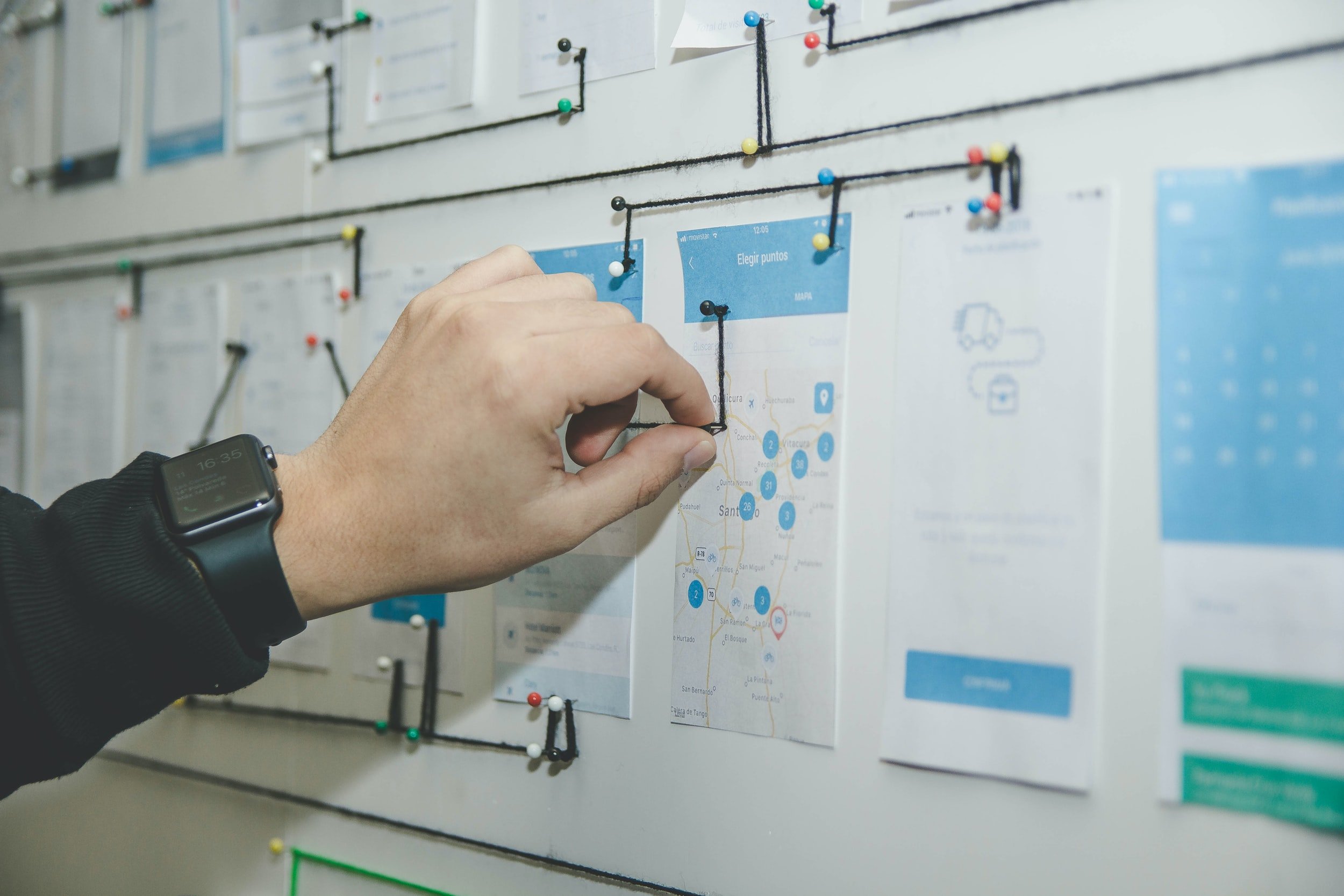Factories Everywhere
Have you ever been to a factory? How would you describe it? Most likely, you are picturing a large building where people operate machinery to change the fit, form, and function of one thing into another. One of the largest factories in the world is in Washington state, where The Boeing Company changes the form of metal into airplanes. It’s pretty easy to think about examples of factories when there are physical products being created—especially when the products are as large as an airplane. What about banks or hair salons or schools—are those factories? How about Disneyland? Is Disneyland a factory?
For me, the answer is yes. I am an industrial engineer and I see factories everywhere, that’s just how my brain works. The products aren’t always physical, but the process is always the same: raw material in some form is transformed into another form by people or machines. You may be wondering: how can a factory produce a product that isn’t physical? Here’s an example.
At Disneyland (and in Disney parks around the world), there is a roller coaster attraction called Big Thunder Mountain Railroad. To the casual observer, Big Thunder is a high-speed roller coaster themed to look like a runaway mine train in the time of the California Gold Rush. It usually has a long line that Disney guests are happy to endure in exchange for the experience of Big Thunder’s drops, turns, sound effects, and animatronic goat chewing a stick of dynamite.
Big Thunder Mountain Railroad
For me, Big Thunder is a factory. That long line is a backlog of raw material representing unfulfilled orders. An operator loads 45 thrill seekers onto the train and pushes a button, beginning the manufacturing process with a now famous pre-recorded warning to “hang on to them hats and glasses.” Three minutes and fourteen seconds later, the train returns with finished goods: 45 thrilled passengers.
If you got lost in the math—or the metaphor—don’t worry. There are nearly 300,000 industrial engineers working in the United States, and way more covert industrial engineers (those formally trained in the profession but not necessarily sporting the title of “industrial engineer”). Chances are good that, wherever you work, there is someone like me with an industrial engineering mindset that can help you or your team. Our job is to view everything as a factory process, quantify capabilities, then look for and implement improvement opportunities. We will also do the math for you.
Industrial engineers are systems thinkers. Through training and experience, we look beyond individual processes and consider how each one fits into the bigger picture—the system of processes that make up each factory. Systems thinking is important for a factory to operate as effectively and efficiently as possible, but organizations often seek to optimize one process at the expense of others. This can result in sub-optimizing the overall system.
For example, let’s say you are responsible for operating Big Thunder Mountain Railroad and you’ve been tasked with getting more riders through the factory each hour. You decide to add another car to the train. This successfully increases the number of riders on each run, but is the station large enough to accommodate the extra train length? If not, the process of loading and unloading may become slower while you move the train back and forth to allow access to the station. The benefit of extra passengers is offset by the added time it takes to load and unload, potentially reducing the number of riders through the factory each hour. One process is improved, but the overall system is sub-optimized. A systems view of the factory focuses on processes as they relate to one another in order to add value.
We live in a network of factories, filled with interconnected processes. These factories change the fit, form, and function of raw material, whether tangible or not, into finished goods—or sometimes experiences. The next time you are at the supermarket, or the gas station, or a theme park, consider the systems view: what are the processes in the factory? How are they related? The next time you need to improve a process or optimize one of the factories in your business, consider finding an industrial engineer. We’ll help you quantify capabilities, look for improvement opportunities and implement them. And of course, we’ll even do the math for you.





